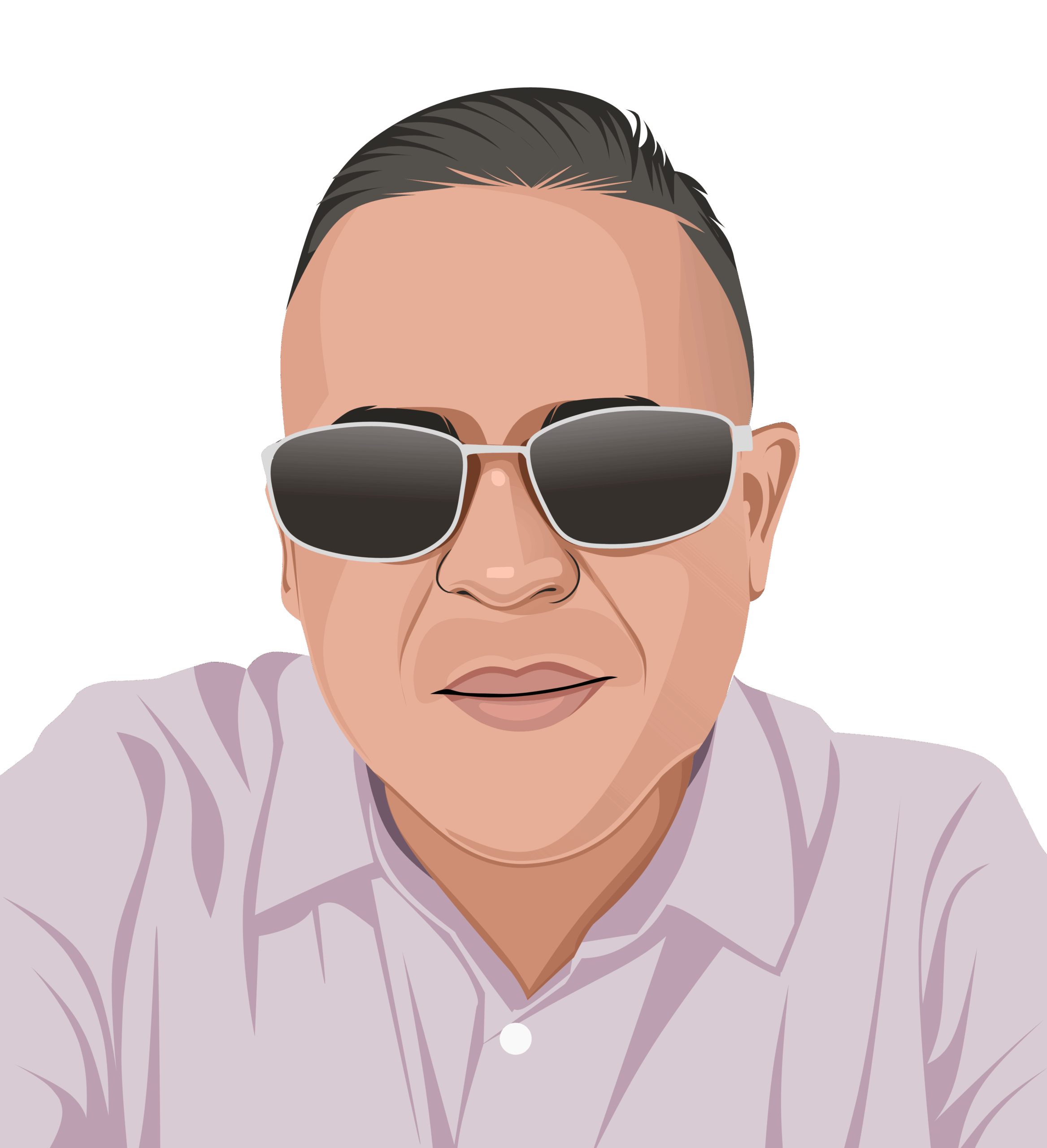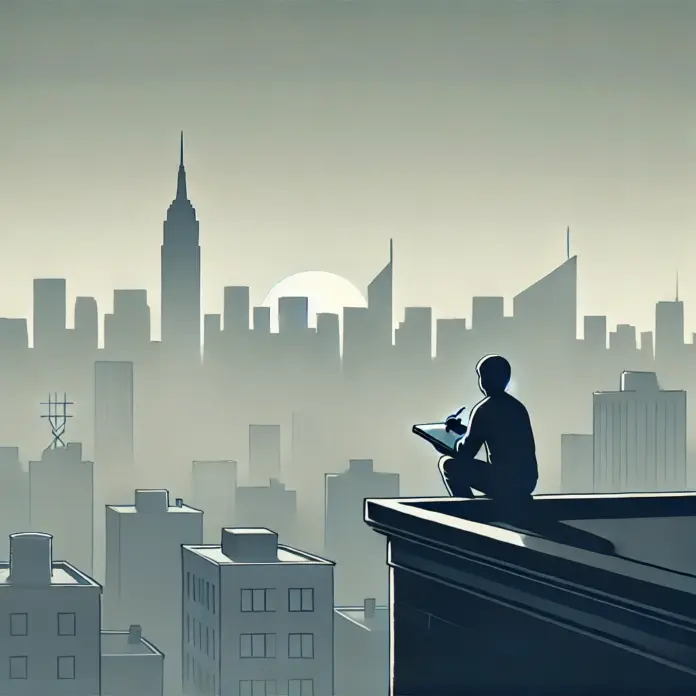Marcus stood on the rooftop, the city stretching beneath him like a canvas. Dawn was breaking, and the skyline glowed with possibility. At 28, he was a graphic designer, his apartment desk a chaos of sketches and half-finished ideas. It was 2015, and the city was alive with startups—tech firms, eco-brands, health apps—each scrambling for attention. Marcus saw what they didn’t: their branding was forgettable. Logos that faded into noise, websites that failed to convert. Where others saw a crowded market, Marcus saw a gap. He wasn’t just a designer; he was a strategist, his mind always a step ahead. He began with a local café, crafting a logo—a minimalist cup with steam curling into an arrow—that drew crowds. The owner reported a 50% spike in customers, and Marcus’s phone started ringing. By 2016, he was designing for startups across the city, his work giving voice to their ambitions. But Marcus didn’t stop at freelancing. He saved 40% of every paycheck, lived frugally, and studied market trends obsessively. He read industry reports, tracked emerging sectors—health tech, sustainable brands—and positioned himself as their visual architect. His foresight wasn’t guesswork; it was calculated, rooted in data and instinct honed by years of observation. In 2018, he leased a small studio, hired two designers, and named it VisionForge. The name wasn’t just clever—it was a promise. He pitched a health tech firm before they even knew they needed a rebrand, landing a $200,000 contract that put his studio on the map. VisionForge grew, not by chasing trends but by anticipating them. Marcus trained his team to think like he did: study the market, talk to clients about their long-term goals, see the gaps before they widened. By 2020, VisionForge had offices in three cities, its designs defining brands that defined industries. Marcus’s story isn’t about luck or talent alone. It’s about the discipline to see what’s coming—market shifts, client needs, opportunities—and act before the moment passes. He didn’t wait for permission or clarity; he created it. Wealth, for Marcus, wasn’t just money; it was freedom, the ability to choose his next move, to build a legacy on his terms. His sketches, once confined to a cluttered desk, now shaped skylines of their own. That rooftop at dawn wasn’t just a vantage point; it was a starting line.

Louie Molina is the host and architect of The Empresario. Drawing from years of financial design and strategic consulting, he created The Empresario Reserve as the ultimate repositioning strategy — a system that turns financial instruments into instruments of control.
